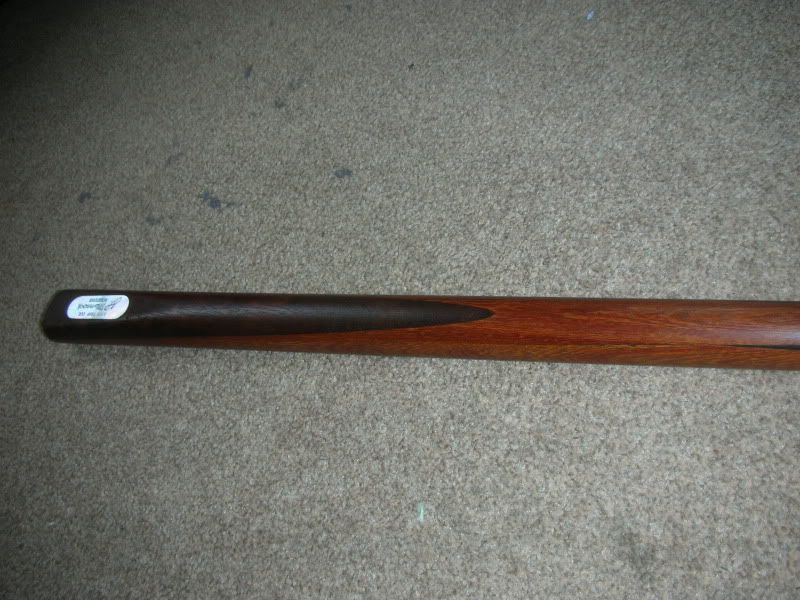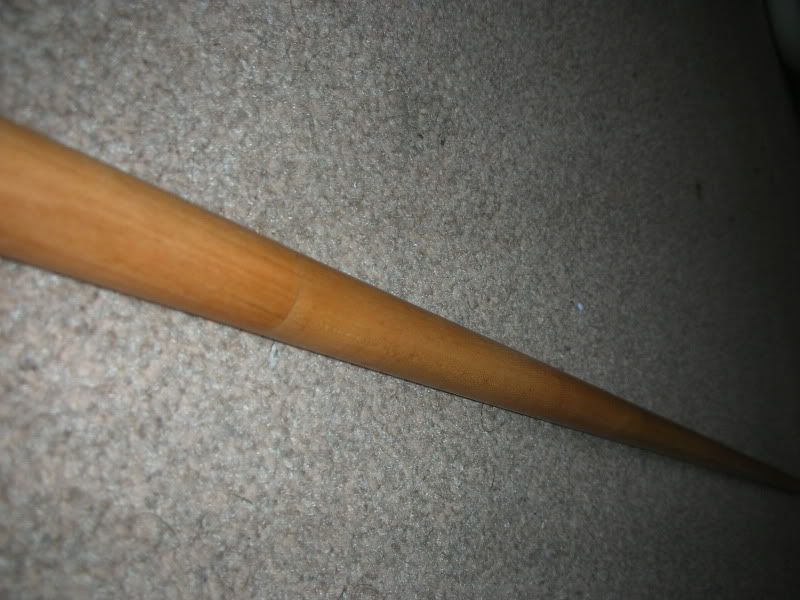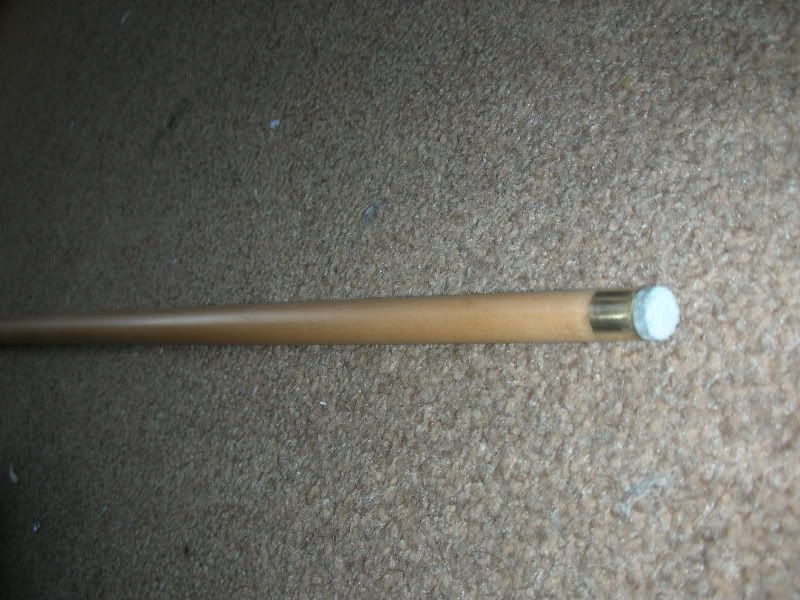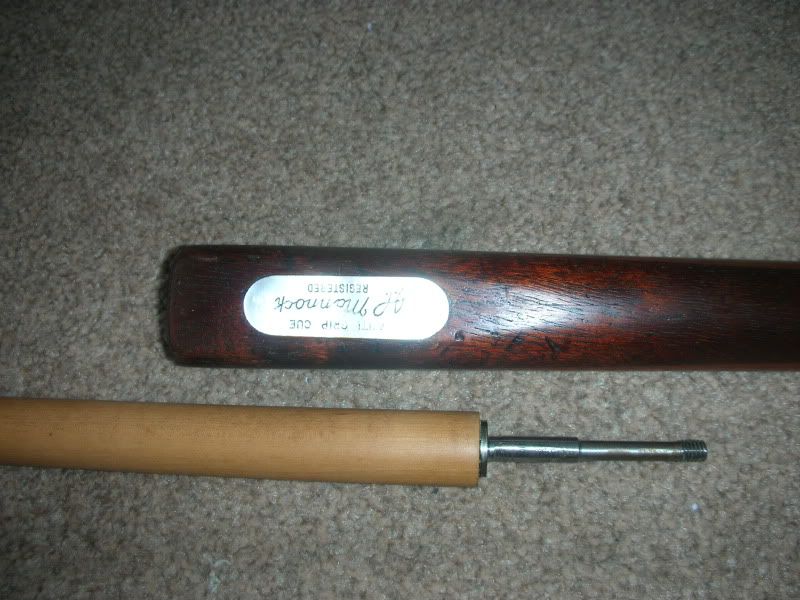Recently got myself a jp mannock cue on ebay for a good price...
Its a burroughes and watts version with its mother of pearl badge intact,and is a secret join 2 piece cue in steamed pear,pics wil be added later.
I just wondered burroughes and watts versions worth more in value than the early ones?
Its a burroughes and watts version with its mother of pearl badge intact,and is a secret join 2 piece cue in steamed pear,pics wil be added later.
I just wondered burroughes and watts versions worth more in value than the early ones?











Comment